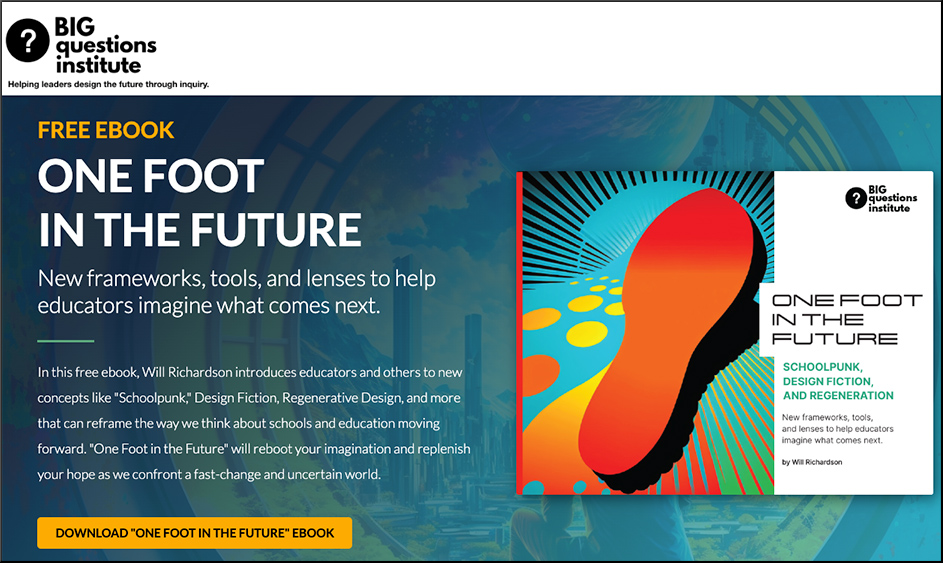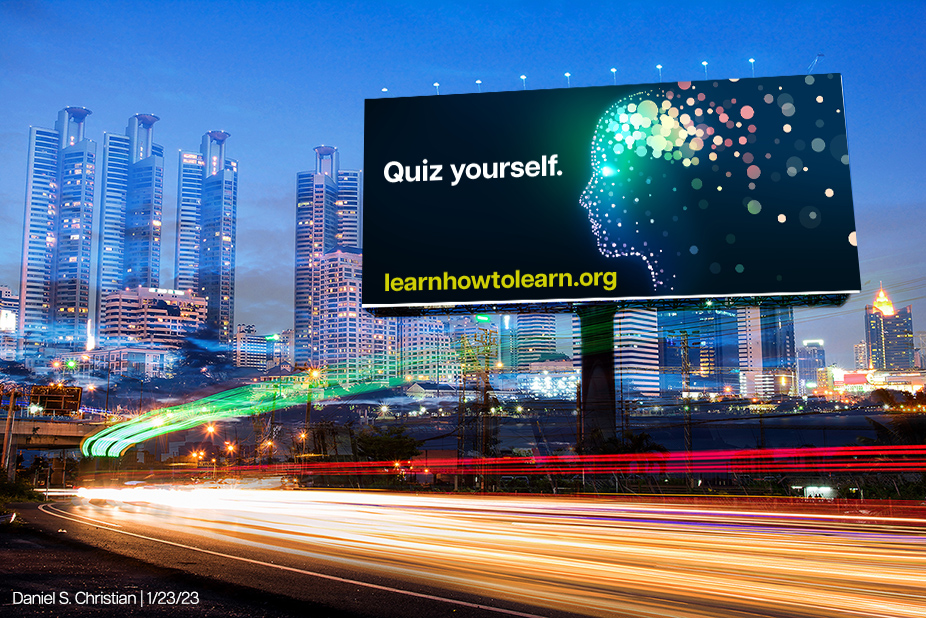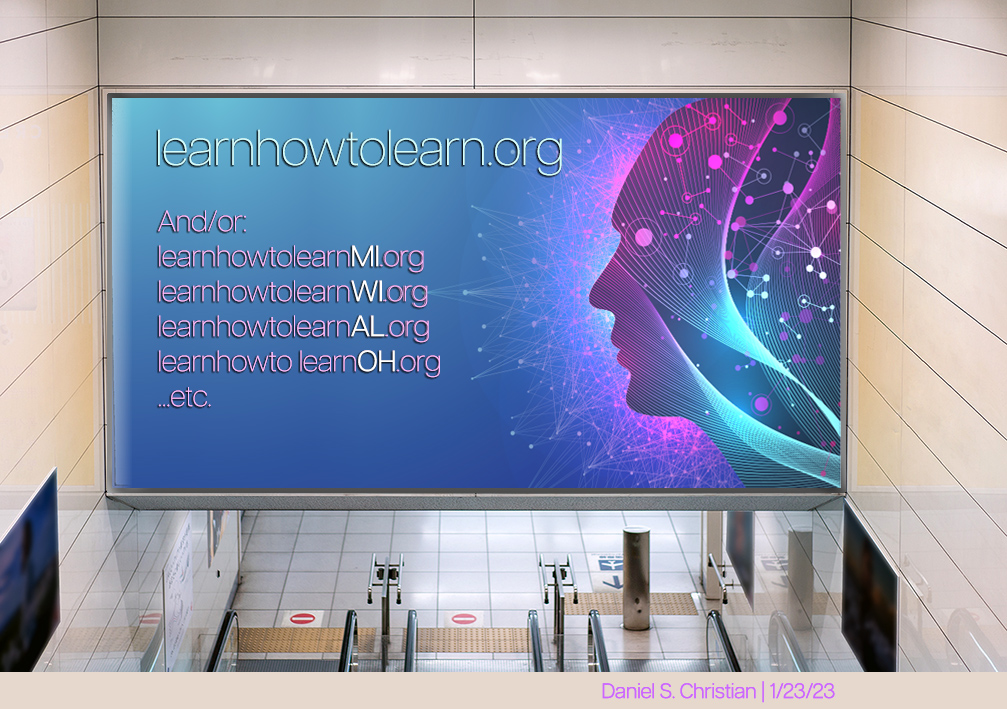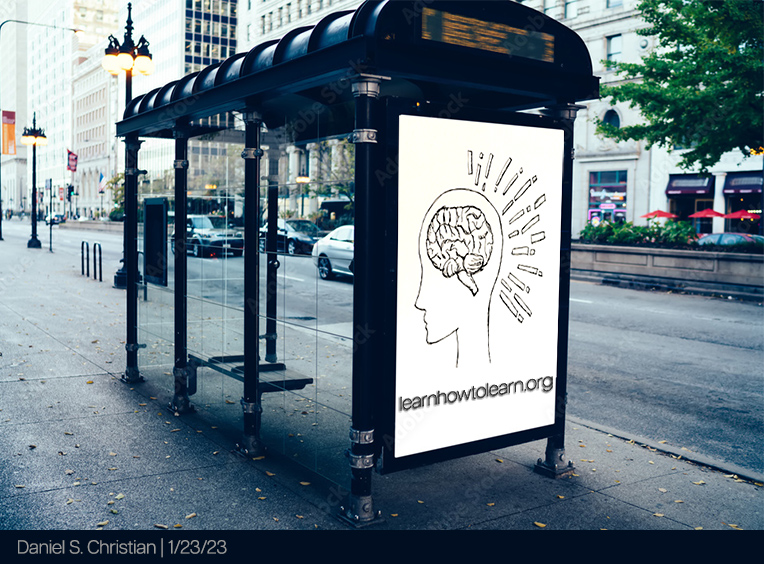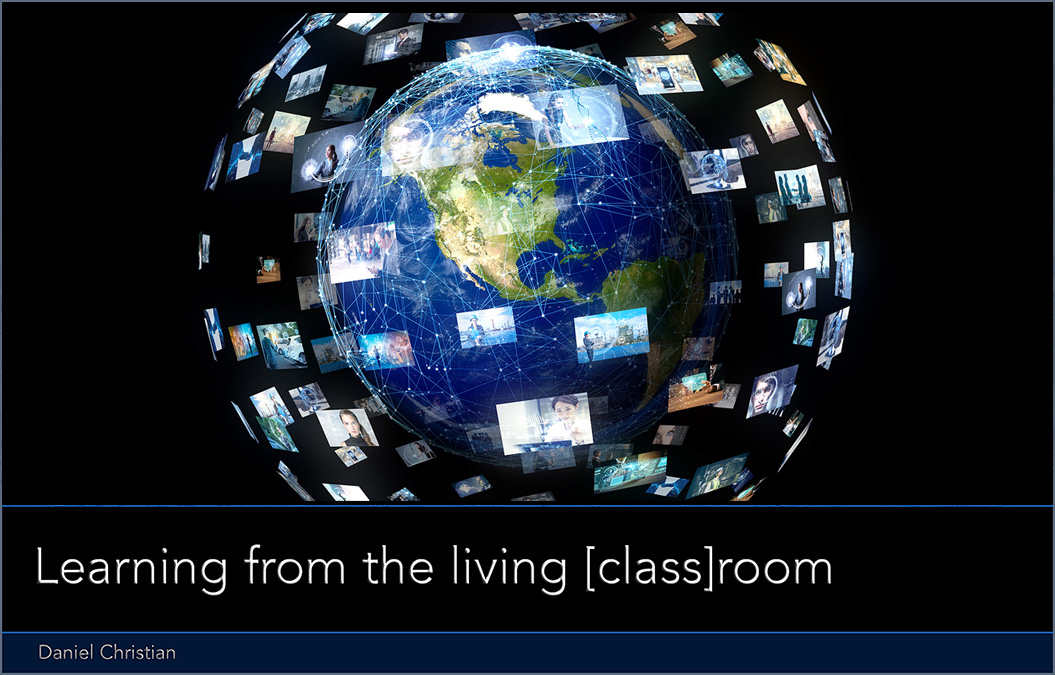Why The Education Economy Is The Next Big Thing For The American Workforce — from fastcompany.com by Brandon Busteed
How can integrating our educational system, our employers, and our job creators affect our modern economy?
Excerpts (emphasis DSC):
Though the economy and education have long been topics of top concern to Americans, we haven’t created strong linkages between the two.
The topics are more like two castles with a large moat between them. Yet there is nothing more important we can do as a country than to build the world’s most effective “educonomy,” which would seamlessly integrate our educational system, our employers, and our job creators.
…
All told, we collected the voices of close to 1 million Americans on this subject in the past year alone. And what we’ve learned is alarming:
Student engagement in school drops precipitously from 5th grade through 12th grade. About three quarters of elementary school kids (76%) are engaged in school, while only 44% of high school kids are engaged. The longer students stay in school, the less engaged they become. If we were doing this right, the trend would be going in the exact opposite direction.
From DSC:
I appreciated the imagery of the economy and education being like two castles with a large moat between them. I, like many others, also use the term siloed to describe our various learning ecosystems — PreK-12, higher education and vocational programming, and the corporate/business world (I realize I could also include those who work in other areas such as the government, but hopefully folks get the gist of what I’m trying to say).
But here’s the most disturbing part (albeit likely not a surprise to those working within K-12 environments):
About seven in 10 K-12 teachers are not engaged in their work (69%), and as a profession, teachers are dead last among all professions Gallup studied in saying their “opinions count” at work and their “supervisors create an open and trusting environment.” We also found that teacher engagement is the most important driver of student engagement. We’ll never improve student engagement until we boost teachers’ own workplace engagement first.
Our older daughter works in an elementary school where several of the teachers left prior to Christmas and more have announced that they are leaving after this academic year. For teachers to leave halfway through the year, you know something is majorly wrong!
I think that legislators are part of the problem, as they straight-jacket teachers, principals, and administrators with all kinds of standardized testing.

I would think that such testing dictates the pace and the content and the overall agendas out there. I don’t recall taking nearly as many standardized tests as our youth do today. Looking back, each of my teachers was engaged and seemed to be happy and enthusiastic. I don’t think that’s the case any longer. Let’s ask the teachers — not the legislators — why that is the case and what they would recommend to change things (before it’s too late).











